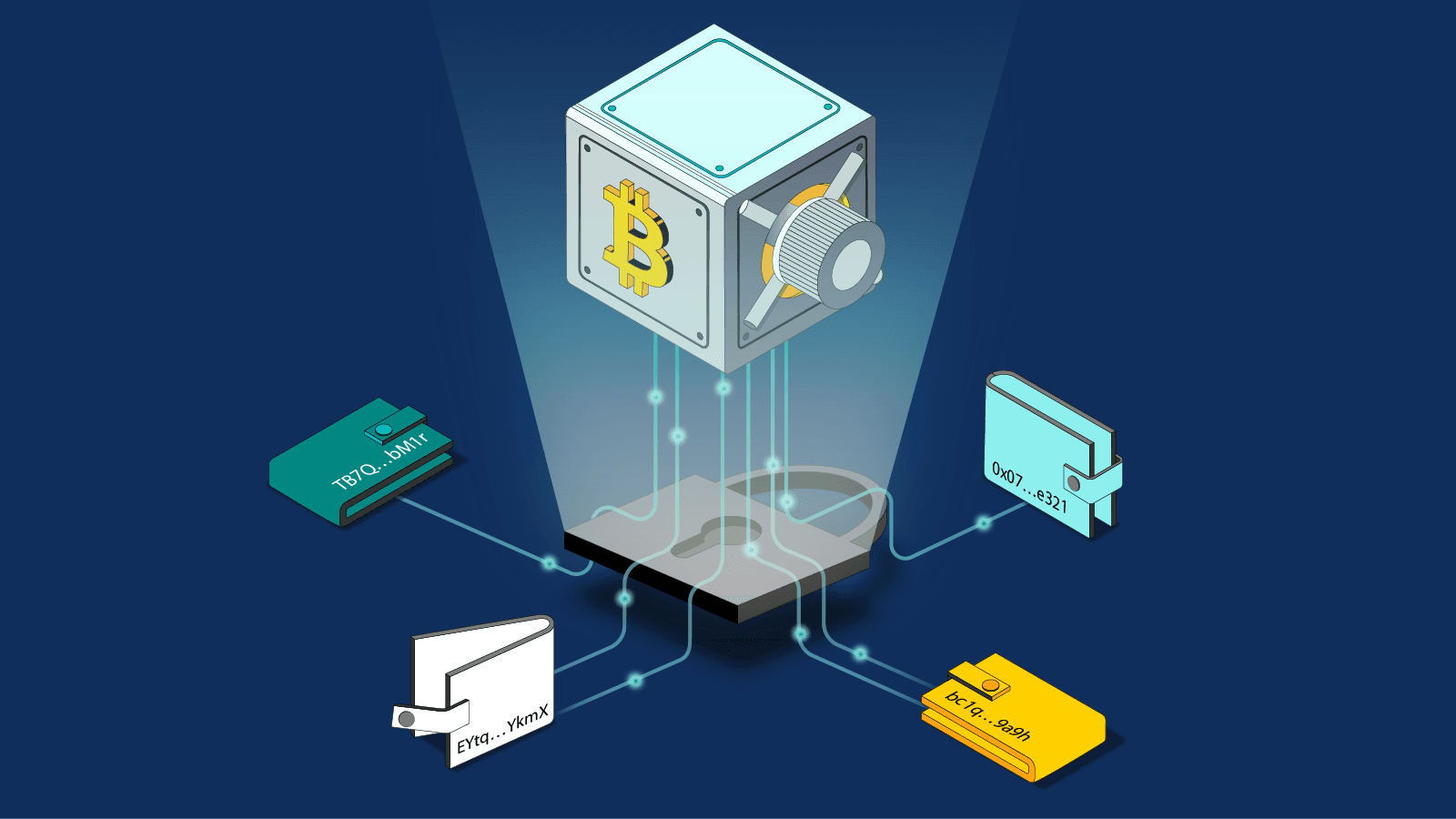
4 min read
How to Streamline Digital Asset Collection with CoinGet
In our previous blog post, we covered how you can efficiently generate a large amount of new deposit addresses for your users. Obviously, with so many deposit addresses, you also need an efficient collection strategy for the assets in these addresses.
This might be a tricky process that can slow down your operations if not done right. For instance, your existing system may lack the capability to scale effectively and handle larger volumes of digital assets. Or the lack of automation in the deposit and asset management process might burden you with high labor costs.
If that sounds like you, read on to find out how CoinGet can transform the way you collect and manage digital assets, offering a solution that is not just faster, but also inherently more secure and aligned with your business objectives.
Implementing an Efficient Collection Strategy with CoinGet
Step 1: Plan Your Wallet Structure
Decide how many wallets you'll use and what kind of assets will go into each. You could segregate them by type, customer, or any other criteria that fit your business needs.
Step 2: Set Up Your Collection Wallets with CoinGet
For each wallet in your strategy, you’ll need a corresponding amount of devices. Let’s say that assets from EU customers go into a specific wallet, while assets from APAC customers go into another. You’ll need two devices then.
Once you have the devices ready, download the CoinGet app and set it up just like this.
Step 3: Configure Your Collection Parameters
Now, it’s time to automate the collection process. Just turn on the collection switch after configuring the appropriate settings, such as collection address and collection mode.

There are two collection modes for you to choose from:
Rotation mode – The system will transfer assets into the defined addresses on a rotation basis based on every collection transaction. This mode might be more suitable if your business processes a large number of relatively small transactions, since it ensures that assets are evenly distributed across multiple wallets, reducing the risk associated with a single point of failure.
Limitation mode – The system will transfer assets into the defined addresses based on the amount transacted. This mode might be more suitable if your business frequently deals with larger transactions, since it can automatically segregate these into separate, more secure wallets designed to handle high values.
Step 4: Test the System
Before going live, conduct a series of tests to ensure that assets are correctly allocated to the different wallets as per your plan.
Step 5: Monitor and Update
Security is not a one-time effort but an ongoing process. Keep track of wallet activities and make necessary adjustments to your strategy and CoinGet settings as needed.
Ready to Improve your Collection Process?
Implementing a strong collection strategy is necessary for businesses who deal with a high volume of digital asset transactions. With the seamless integration and automation provided by CoinGet, you can set up and automate the collection process effortlessly, allowing you to focus more on your core business activities while ensuring top-notch security.
If you're interested, contact our sales team for a demo here!


